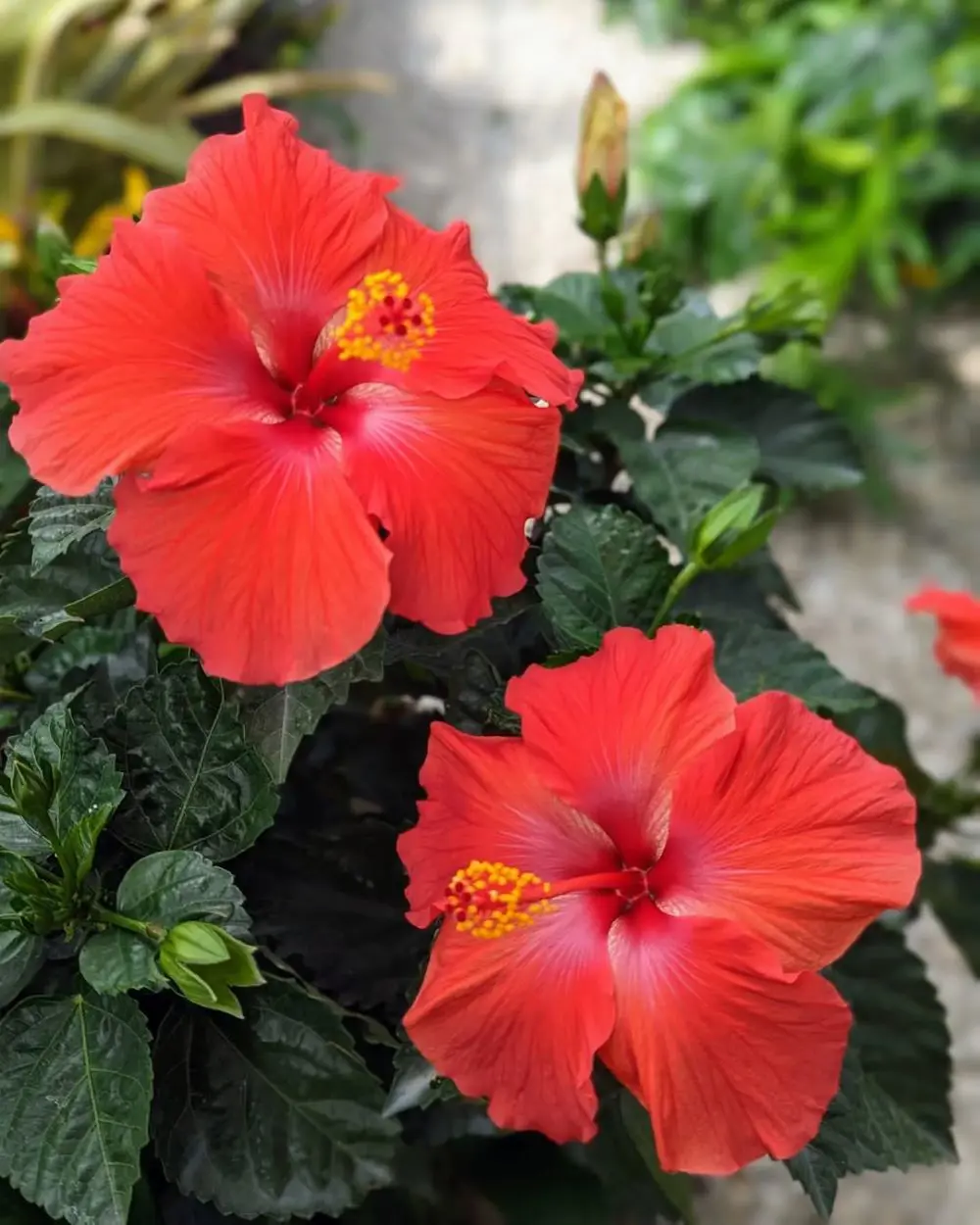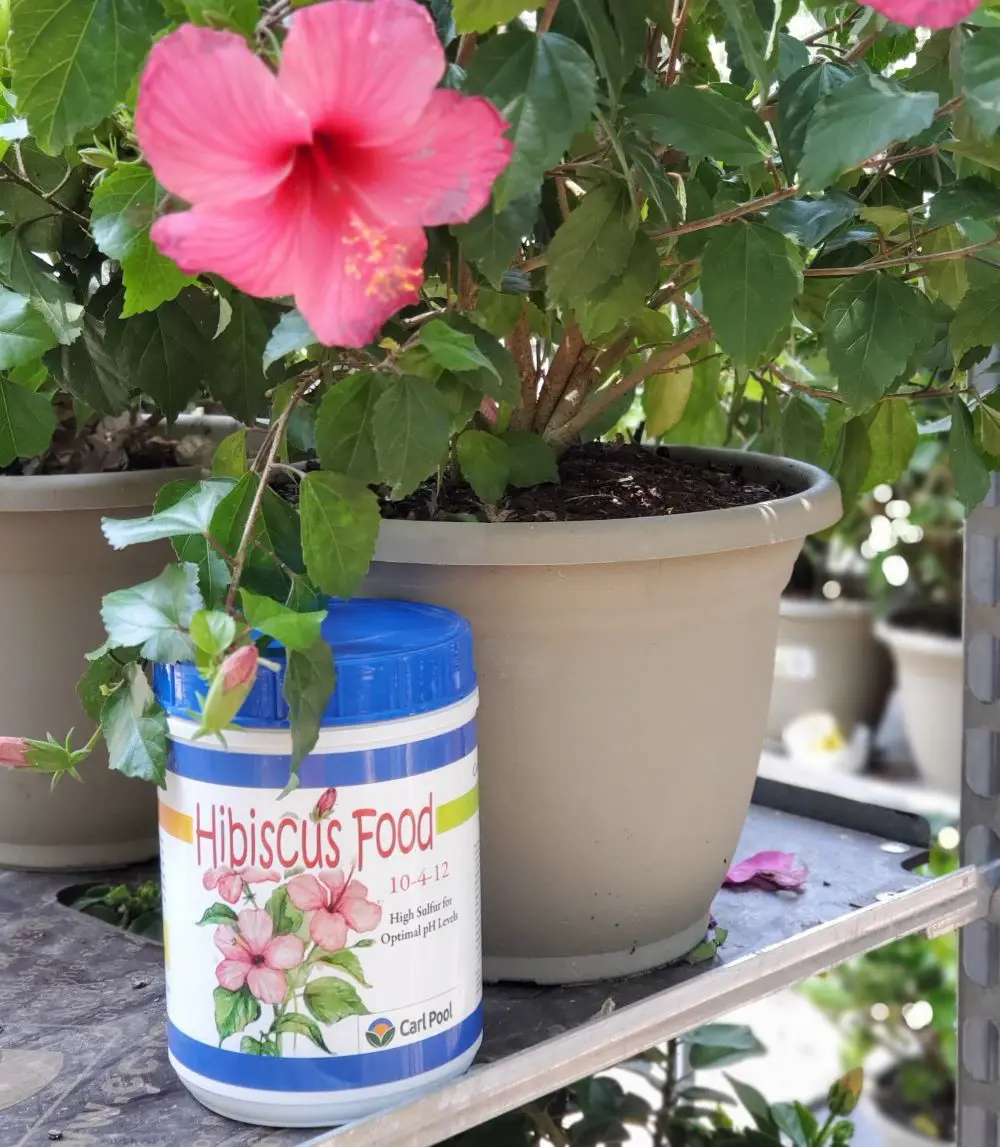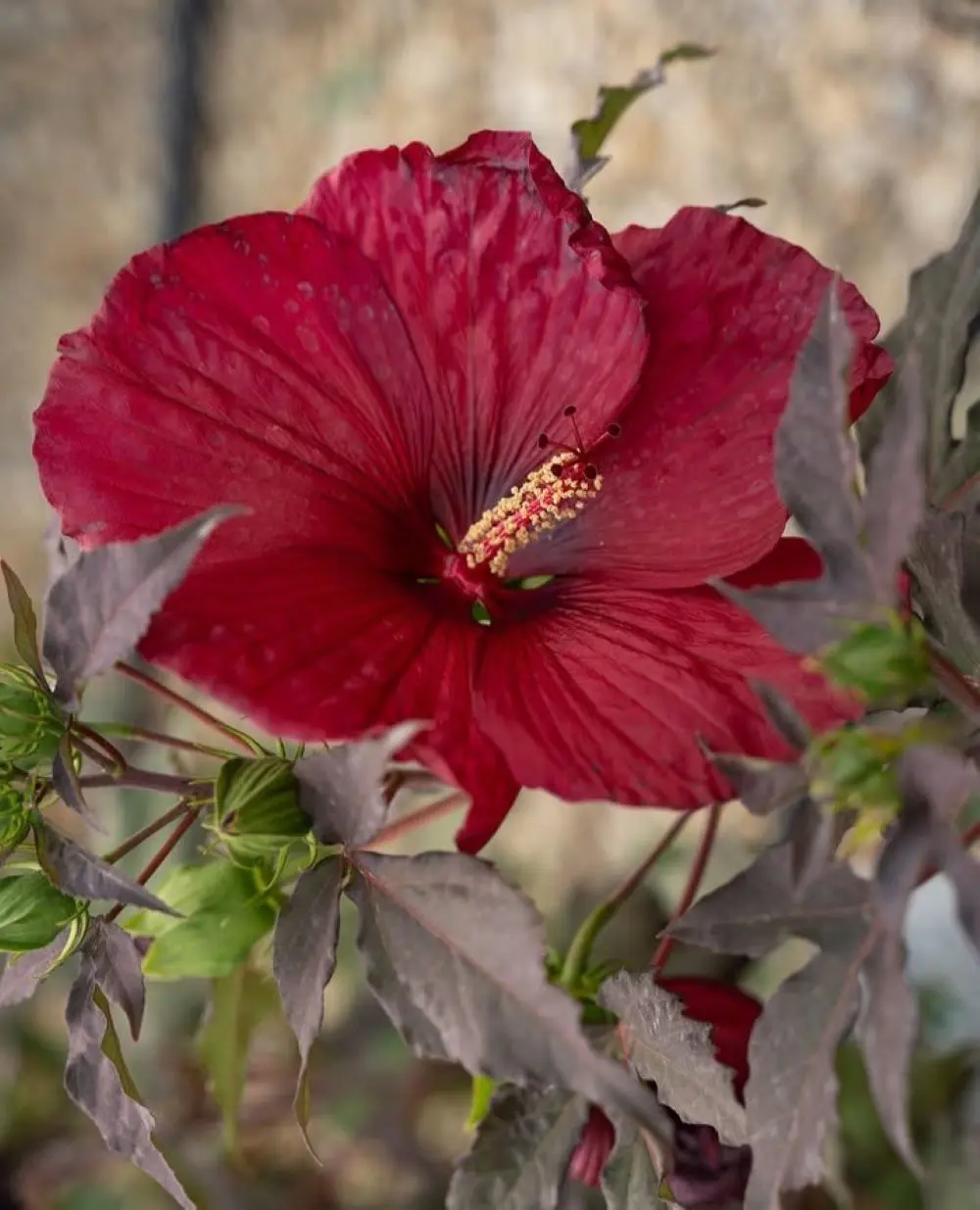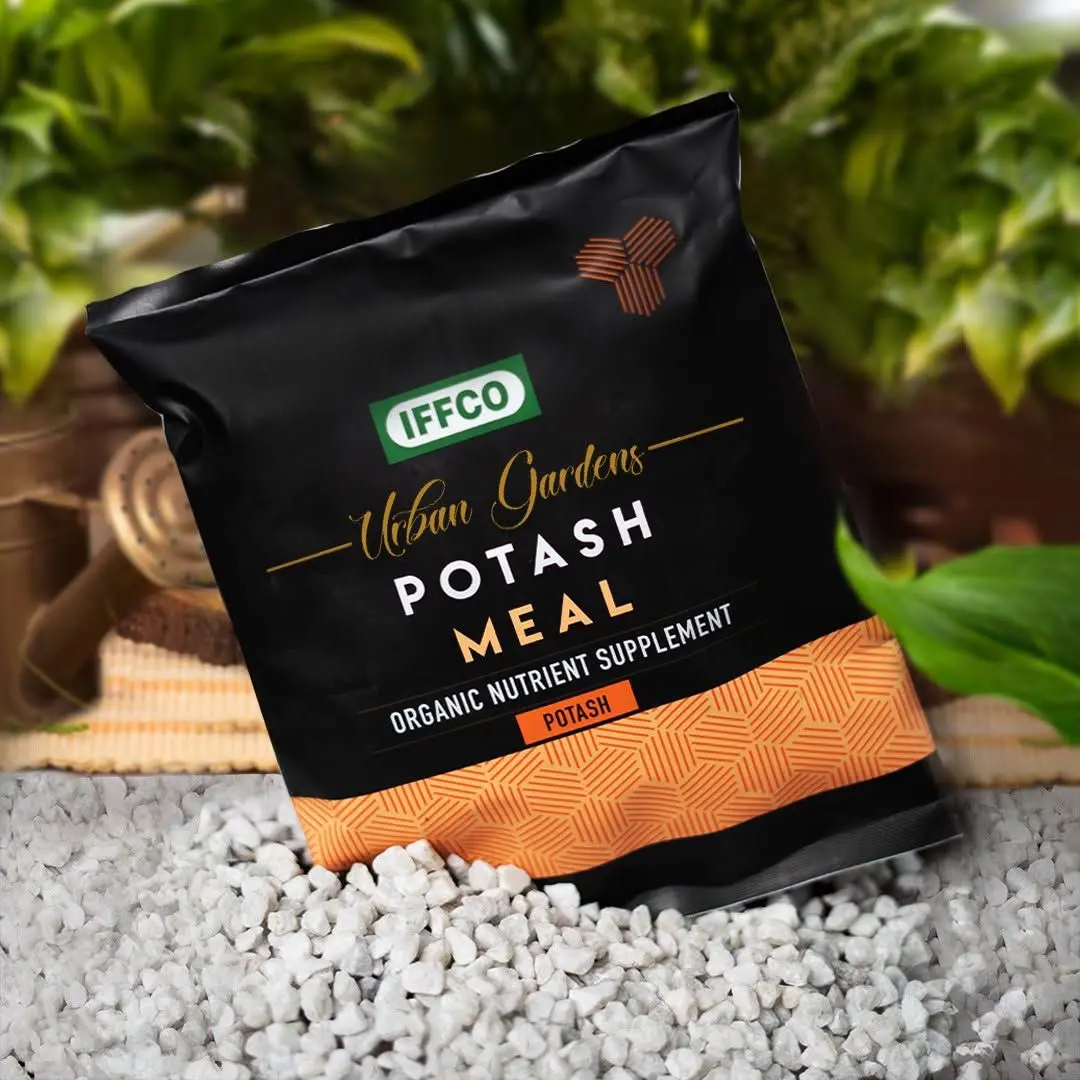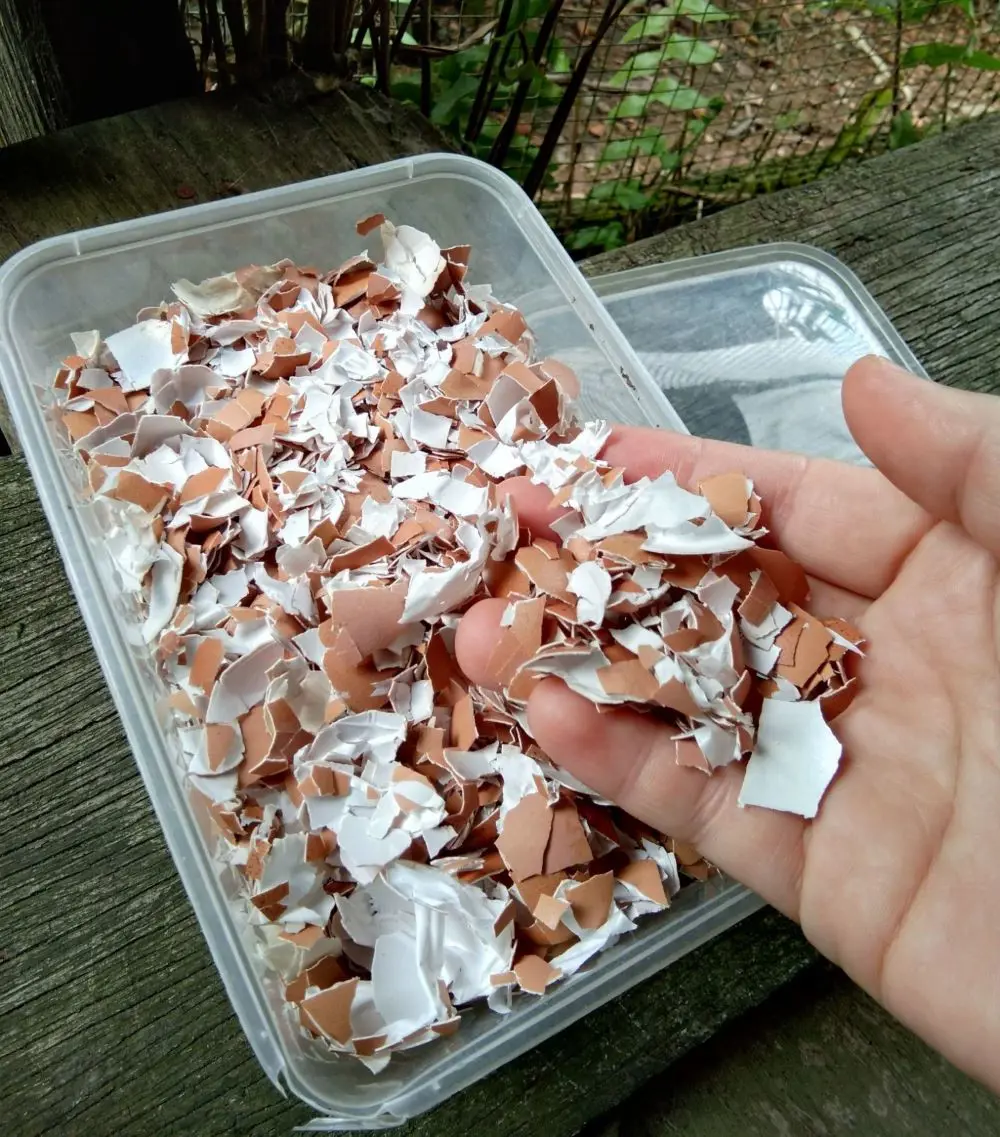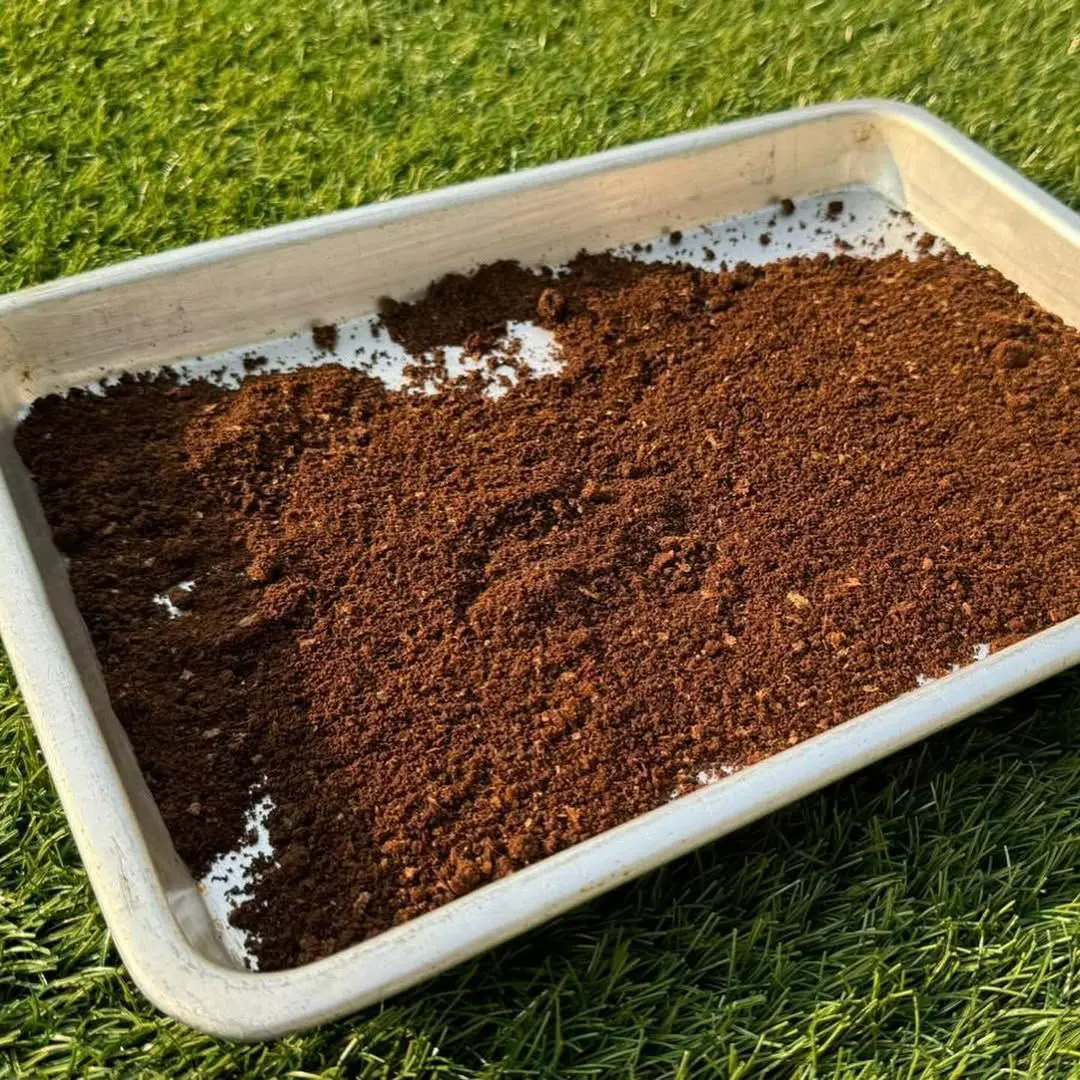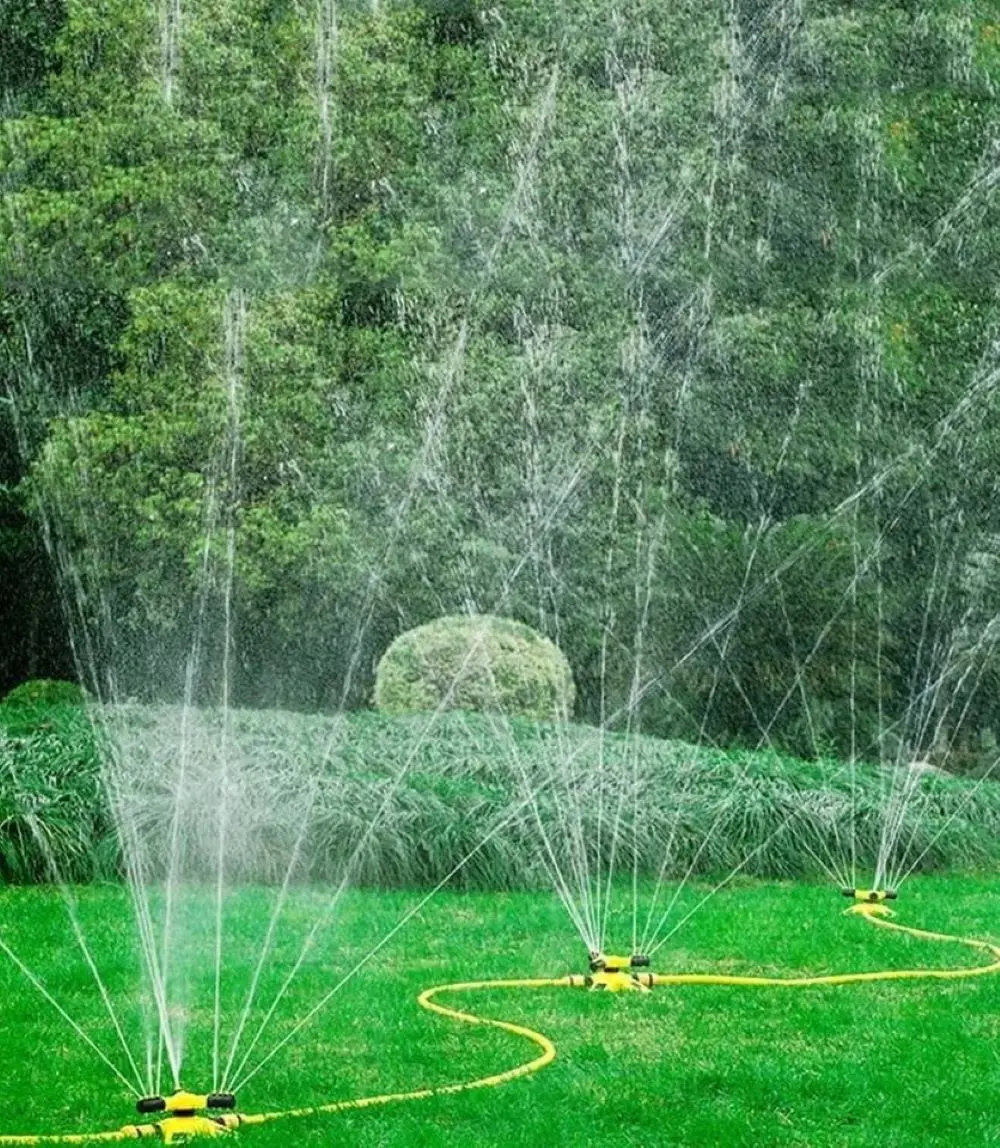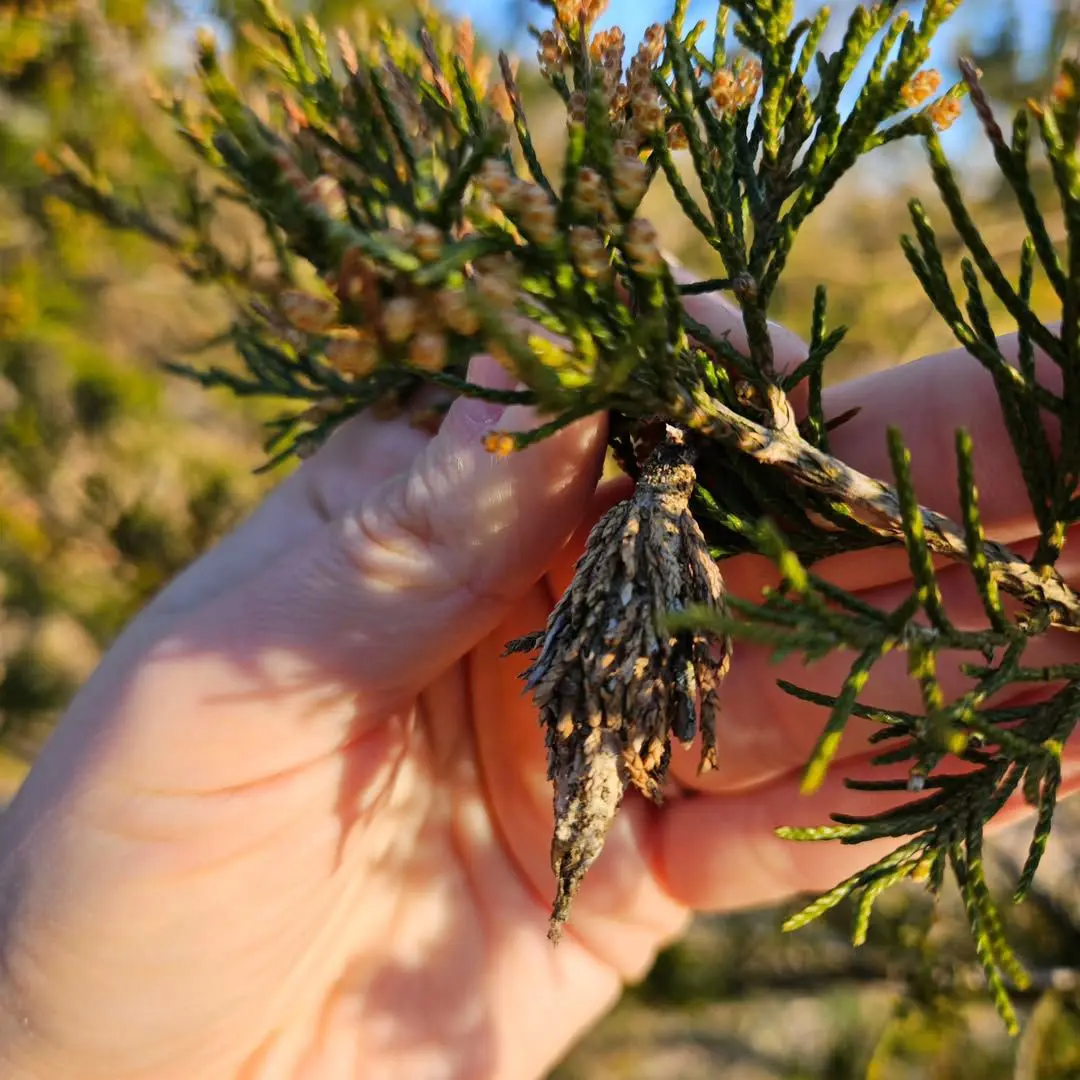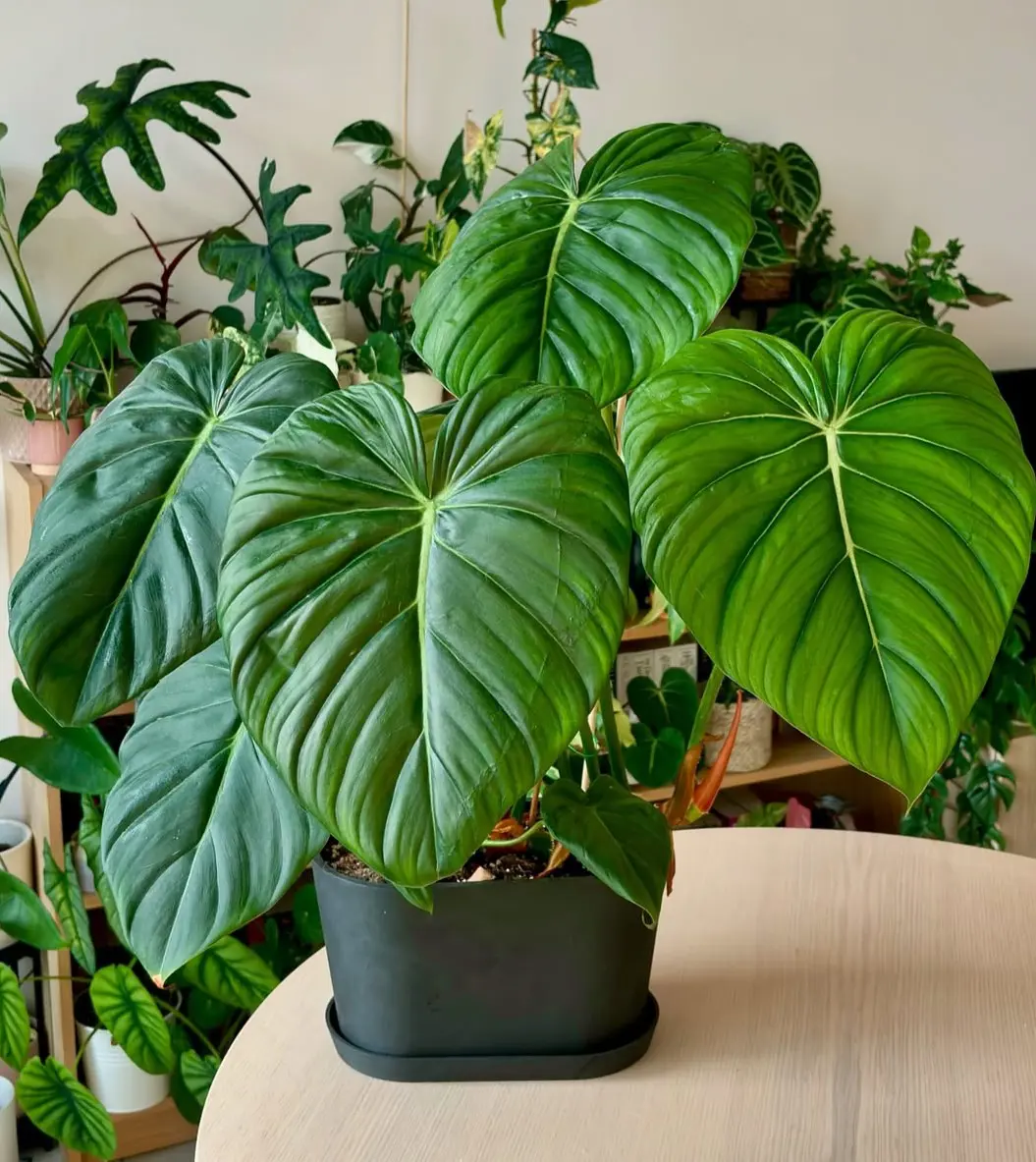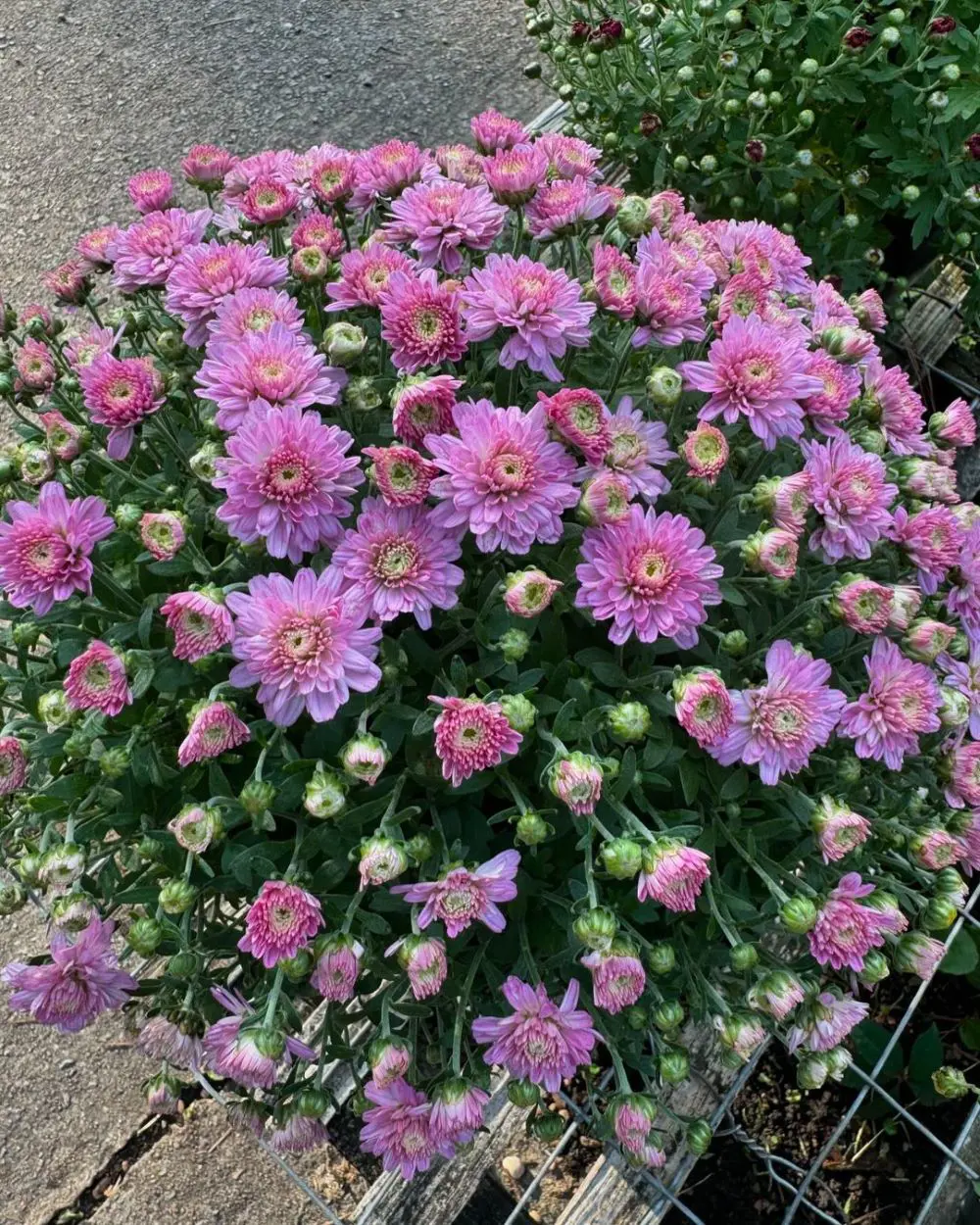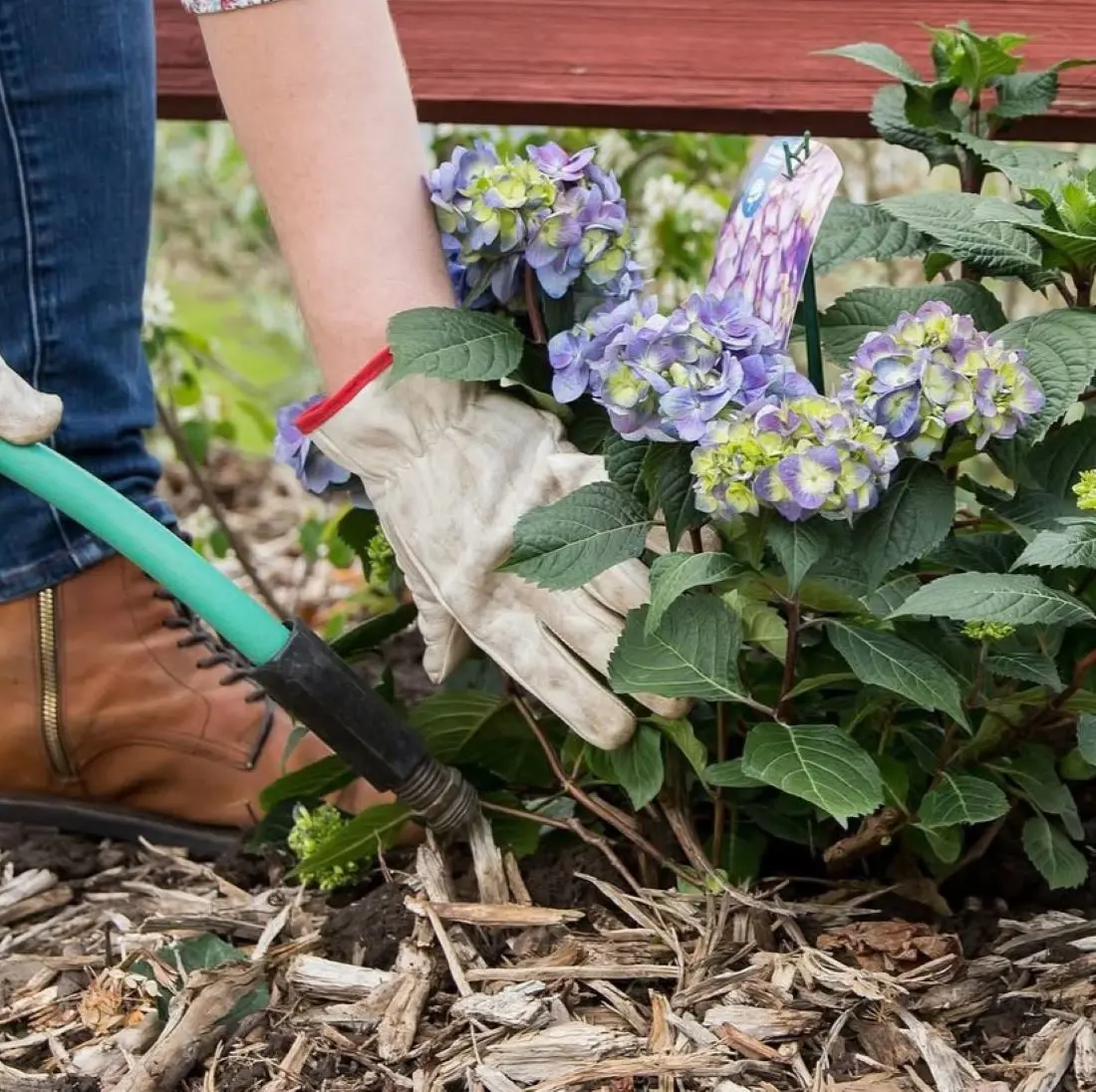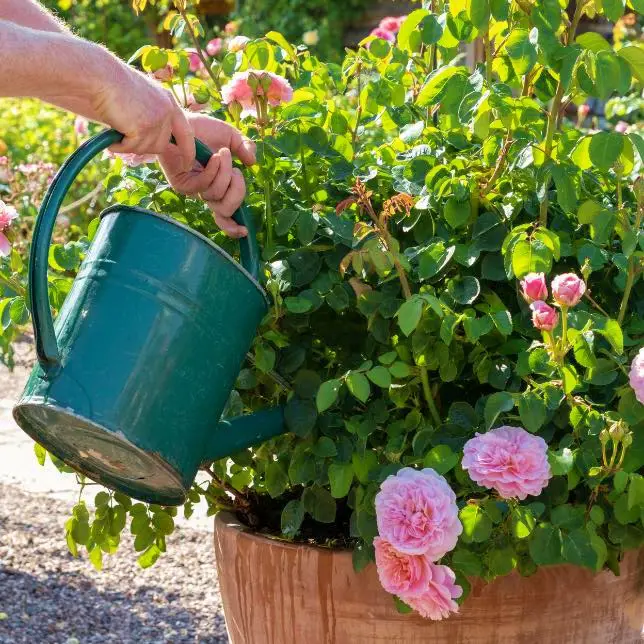When to Fertilize Hibiscus
The most significant factor for the hibiscus to bloom in the most magnificent colors is timing. Below are the different times when it is advisable to fertilize the hibiscus.
Planting
Fertilizing directly after planting in the spring is the best choice to prepare the hibiscus for spring blooms. You can enrich the soil or potting mix with mature compost or slow-release fertilizers.
This practice is crucial for potted plants because most potting mixes hold food for the roots to absorb. They do not provide nutrition. Therefore, to get hibiscus to bloom, properly enrich the soil with nutrients when planting because adding fertilizer once the plant is potted is tricky. After planting, you can apply a layer of mulch in the root zone.
Cultivation
You can grow or propagate your hibiscus even if the germination rate is low when you provide nutrients from the second month.
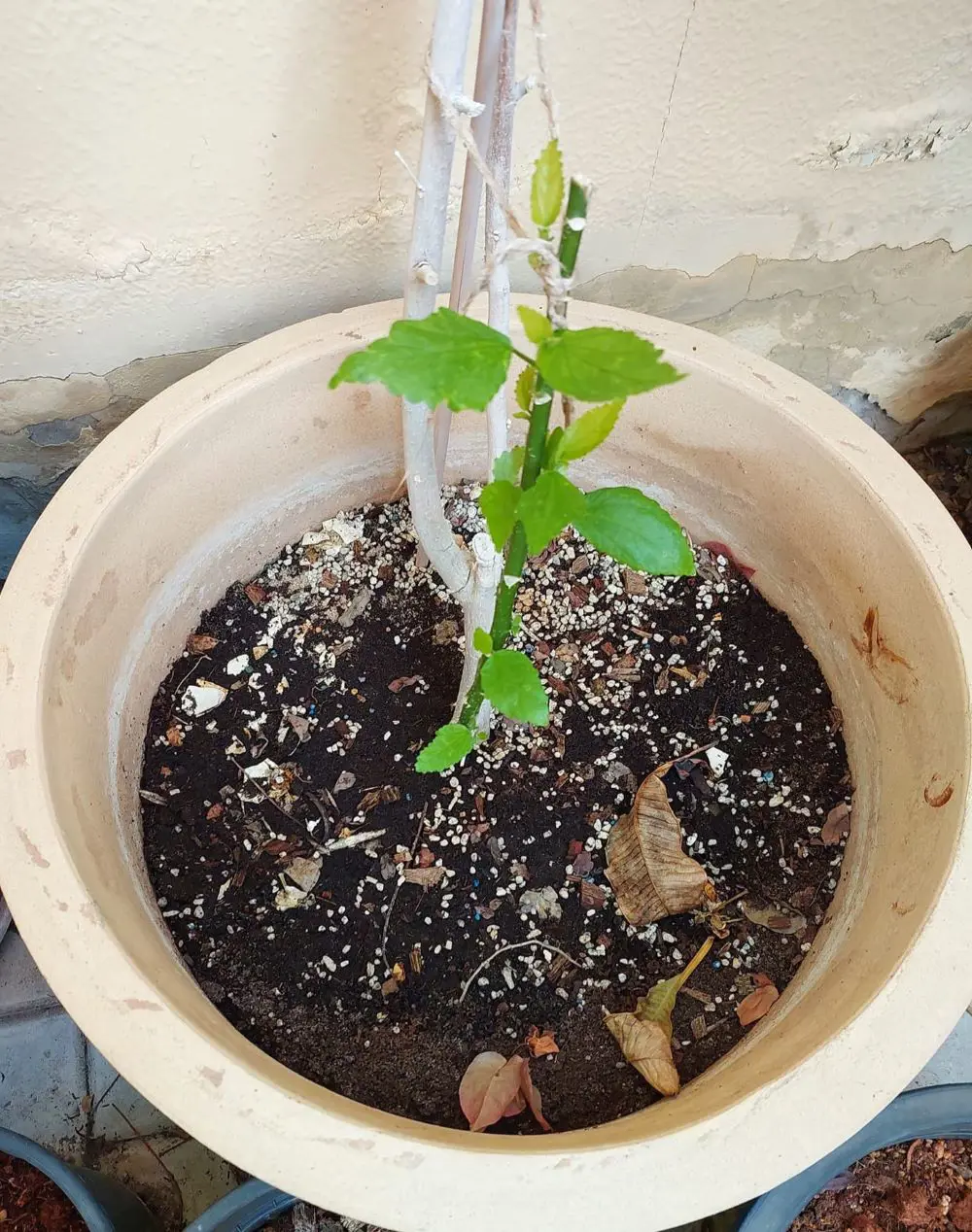
The sapling gets a dose of diluted liquid fertilizer in the concentration specified by the manufacturer. You can increase the concentration slowly as the plant gets used to the nutrient intake, but according to the manufacturer’s instructions.
Indoor Hibiscus
Indoor hibiscus should be fed regularly because of the small quantity of soil in the pot. During the growing season, from March through October, supply hibiscus fertilizers weekly. You could use mineral fertilizers since potted soil has limited microbial life, which is needed to break down and release nutrients in organic fertilizers.
You can also use fertilizer sticks instead of other fertilizers. The nutrients will be released gradually according to the specified duration (e.g., 4 weeks or 3 months). This technique simplifies the process since you do not need to fertilize more often.
Garden Hibiscus
Garden hibiscus has similar nutritional requirements to pot-grown ones. However, the roots of the former have access to entirely different sources of nutrients than potted ones.
You could again use mineral fertilizer from March to October. However, an organic slow-release fertilizer breaks down gradually and provides nutrients over a longer time. One application in spring is enough for the entire growing season, reducing the need for frequent reapplication.
Combine this single spring fertilizer application with annual pruning to end up with unimagined flowering mightier than ever.
In short: When to fertilise hibiscus?
- Mix mature compost or organic slow-release fertilizer into the planting soil and apply a mulch layer during planting.
Fertilize at regular intervals from March to October.
